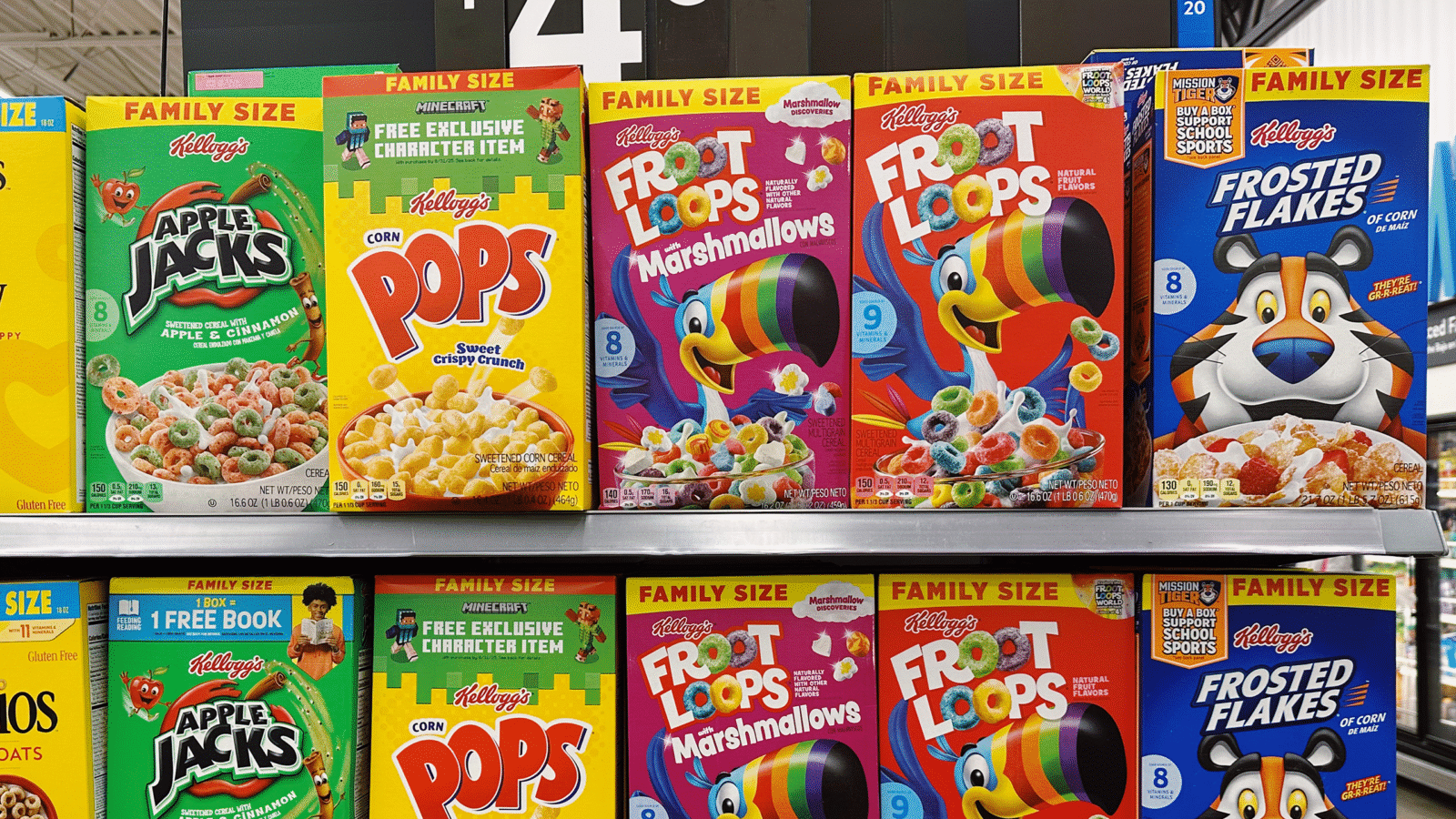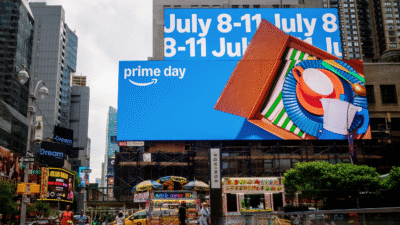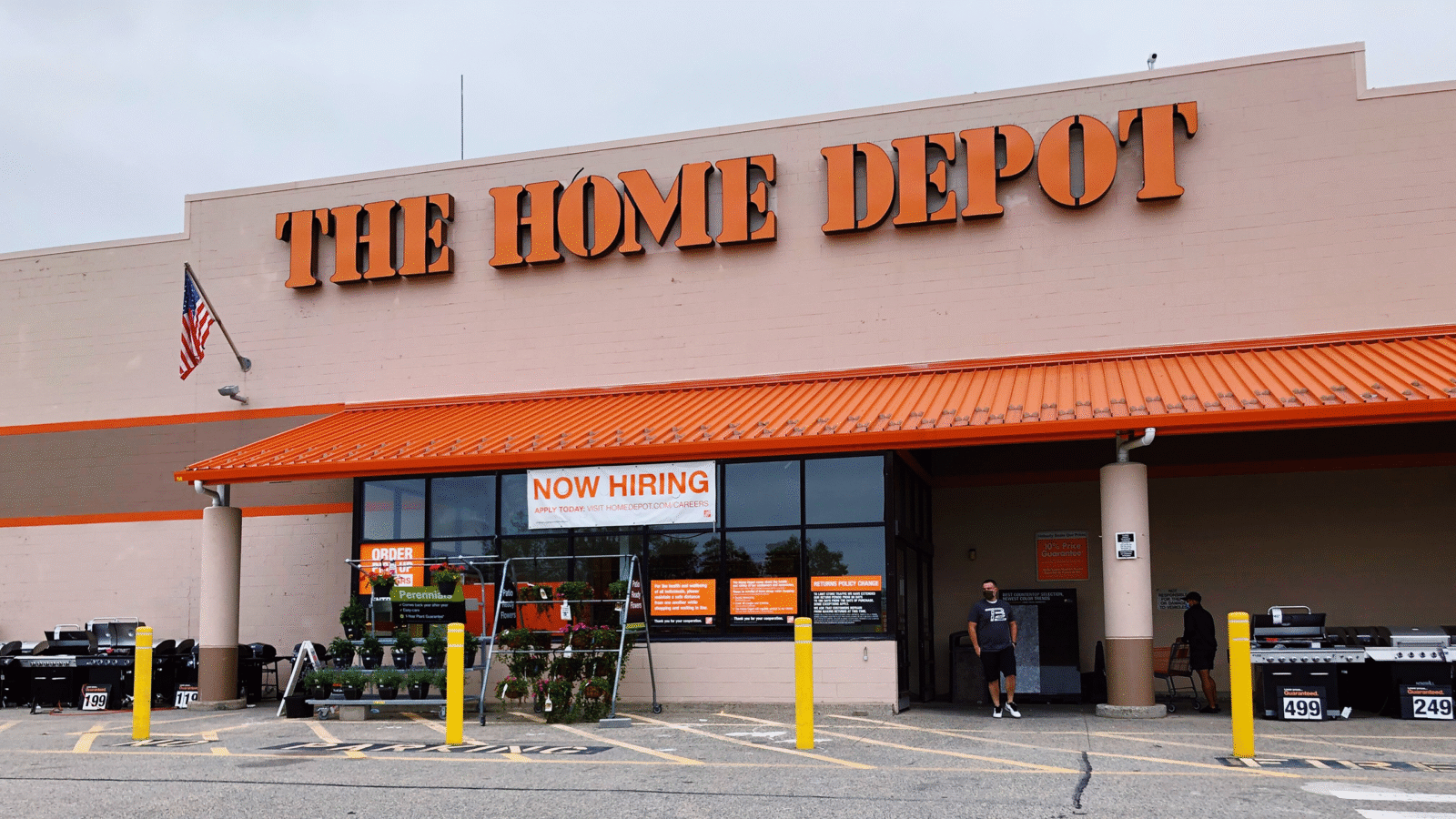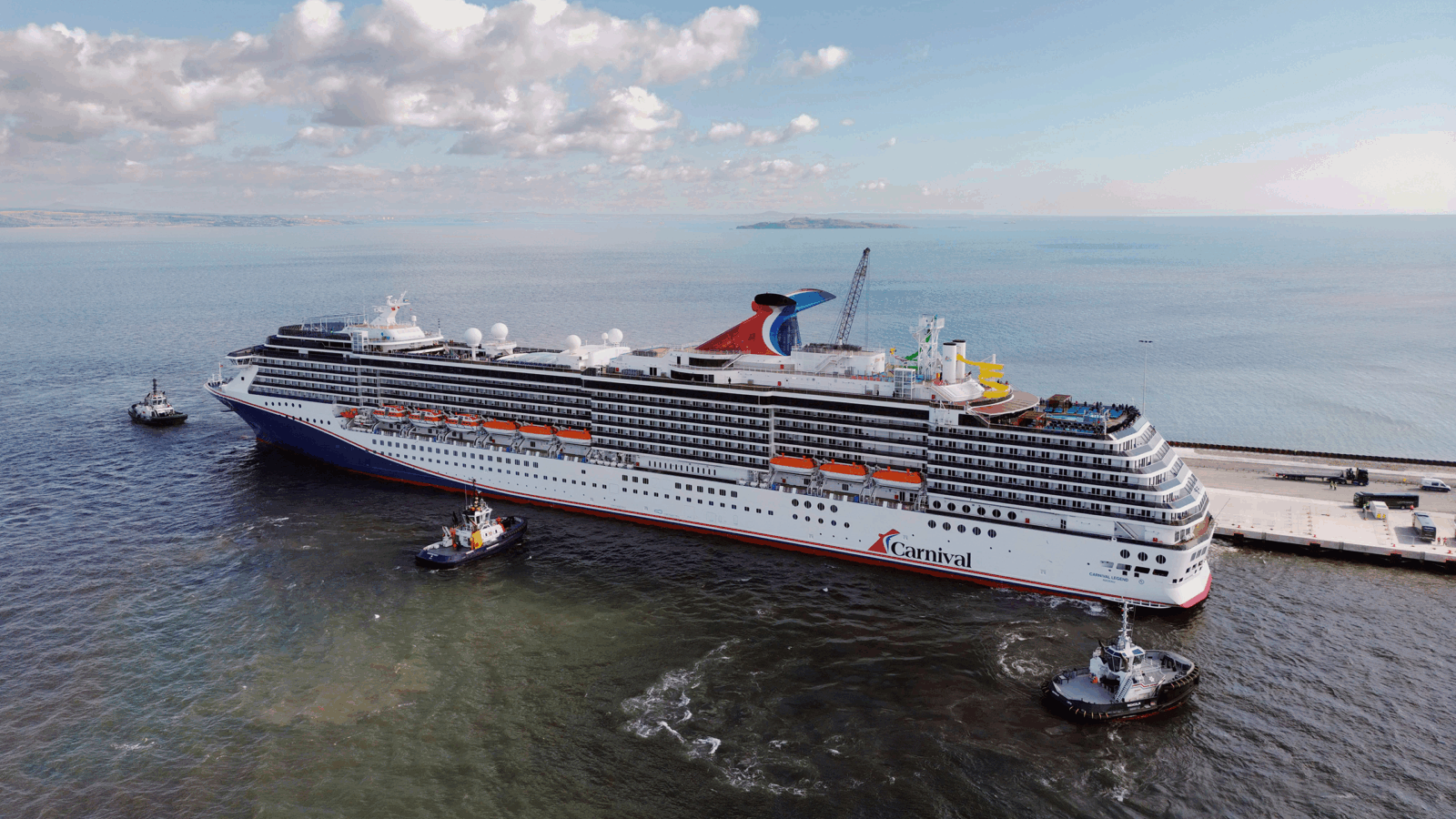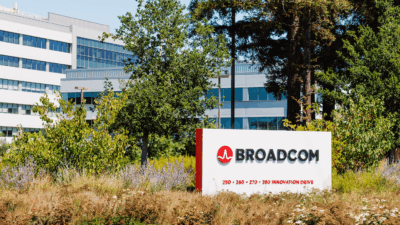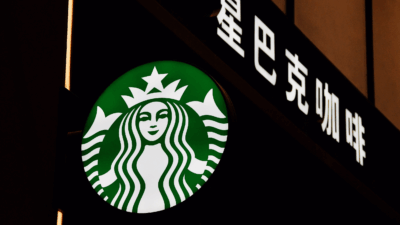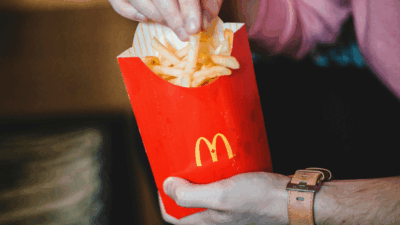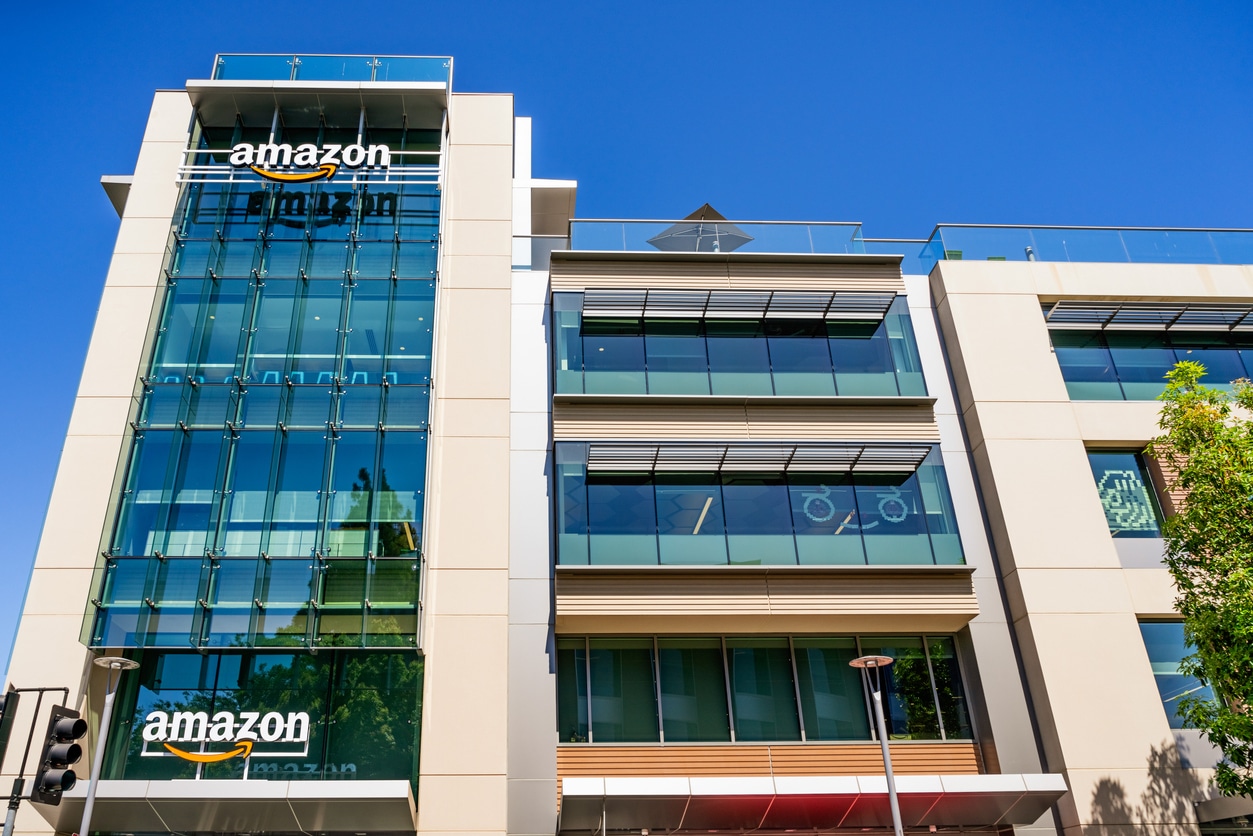
Sign up for smart news, insights, and analysis on the biggest financial stories of the day.
There’s the inevitable, and then there’s Amazon.
On Monday, the head of the company’s consumer business said Amazon — which depended on UPS and FedEx for shipping when it launched as an online bookstore in 1995 — will overtake those two firms as America’s largest delivery service early next year, if not by the end of 2021.
Neither snow nor rain…
In 2019, Amazon was delivering 58% of its own packages, according to Bank of America estimates, making it the fourth-largest delivery service in the United States. By summer 2020, it self-delivered 66%. So far this year, it has dropped off 4.2 billion parcels — or 21% of the US total.
Turbocharging Amazon past its old-school delivery rivals is increased efficiency. The company used to box packages in one place before sorting and shipping them from others. Now, it’s moving the process under one roof:
- By the end of 2021, Amazon will have 30 fulfillment-and-delivery centers — each stocked with up to three million of the company’s best selling items — strategically located near large markets like Chicago, Atlanta and Washington, D.C.
- Since the pandemic began, Amazon has opened 450 new facilities and, since the end of 2019, hired 670,000 people, doubled its shipping container capacity, and ordered its own fleet of aircraft that will soon number 85.
Sas-squashing the Competition: Amazon’s big footprint makes dealing with the supply chain crunch a cinch, its consumer chief Dave Clark told CNBC Monday, noting the company’s tremendous nationwide presence allows it to get around logjams smaller firms can’t avoid.
Labor Pains? As Amazon employees continue to consider unionizing, the company shelled out $2 billion for extra compensation and other supply chain costs in the third quarter. But for a business that did $386 billion in sales last year, that’s chump change.
